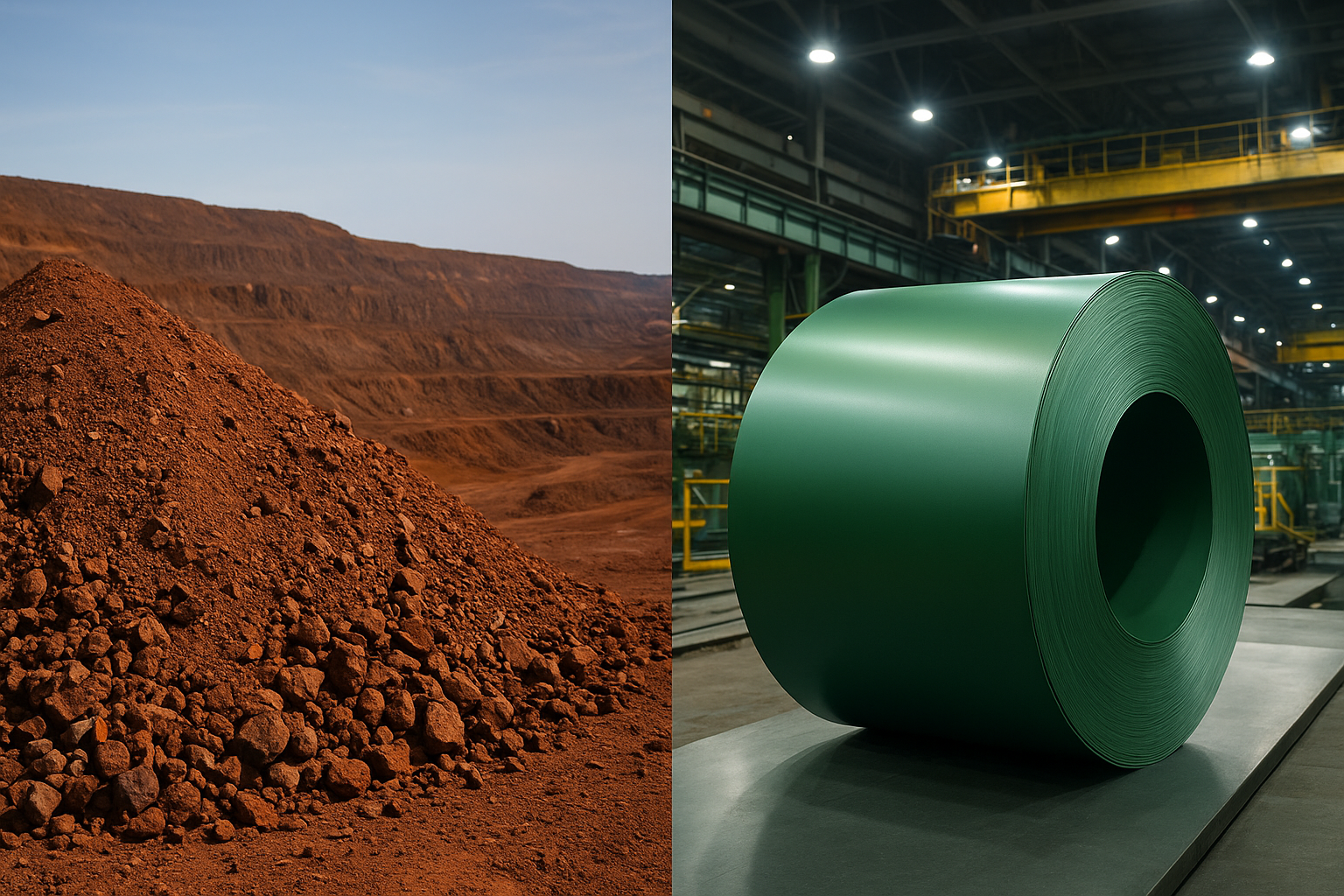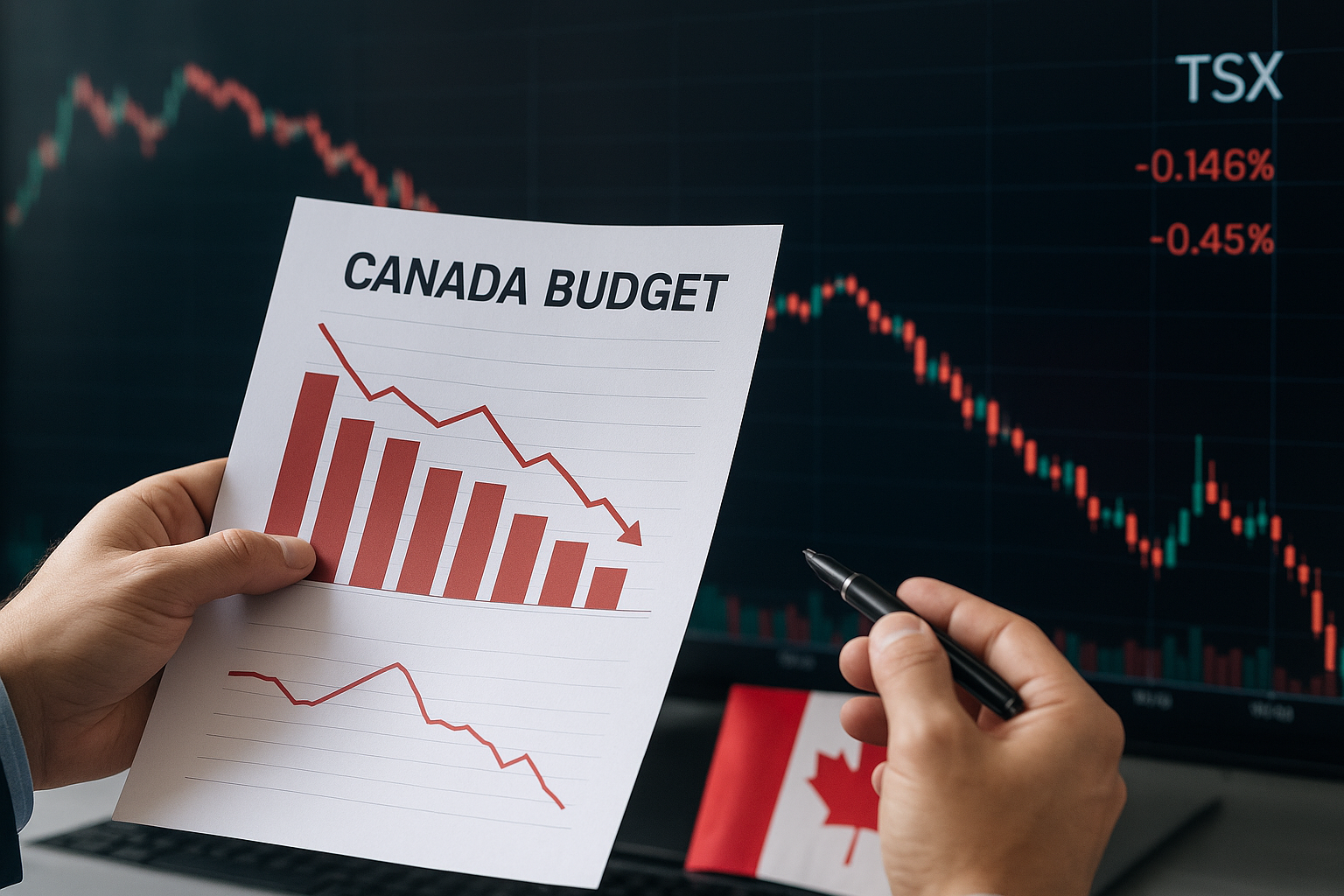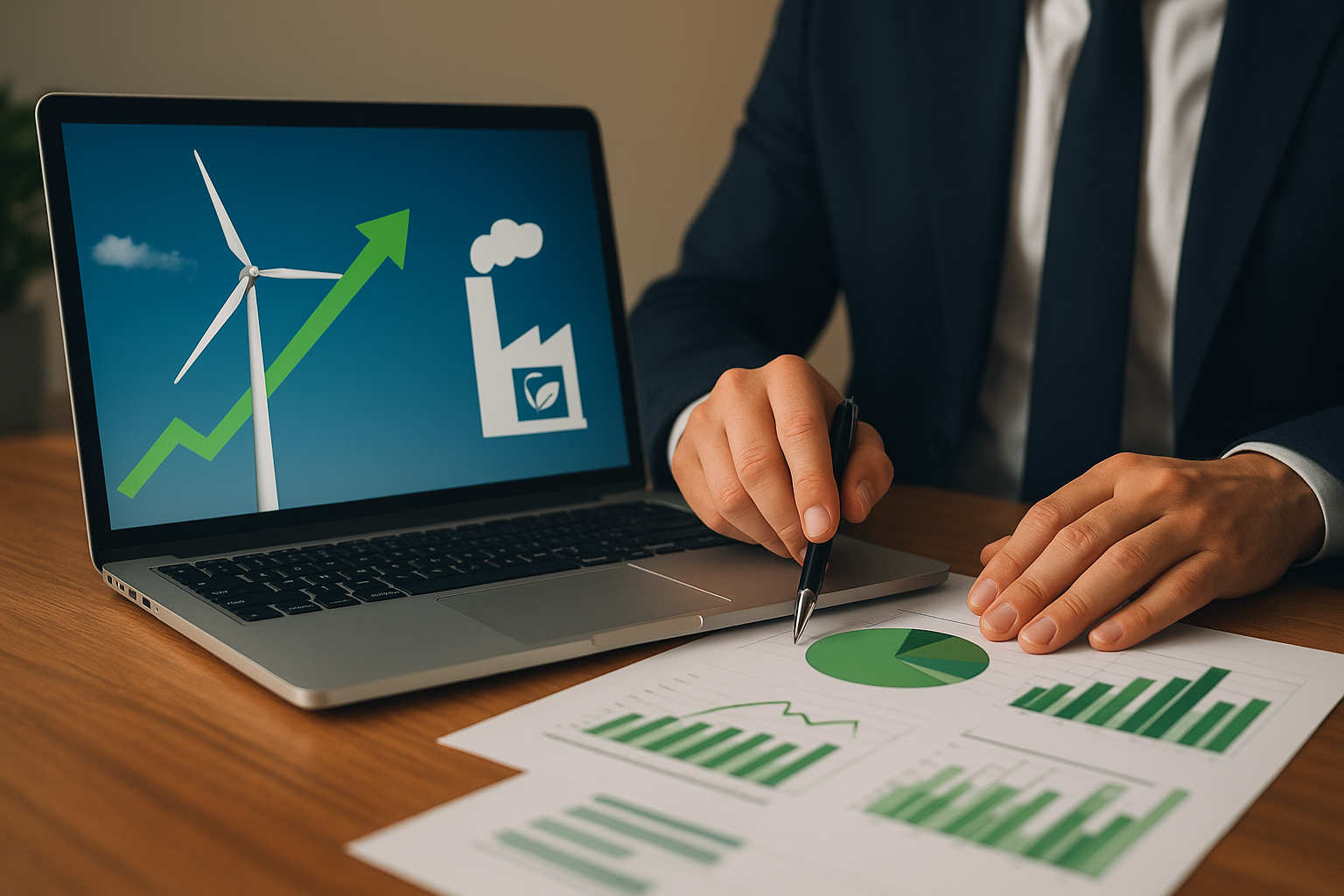The global steel industry stands at a crossroads — torn between its ambition for cleaner, low-carbon production and the reality of declining iron-ore quality. A new report from Fastmarkets reveals a growing mismatch: as demand for “green steel” accelerates, the available raw materials are becoming dirtier. For investors, this paradox signals both risk and opportunity — particularly in miners capable of producing or upgrading high-grade ore.
The Paradox Reshaping the Steel Supply Chain
Over the past decade, iron-ore quality has steadily declined. According to Fastmarkets’ 2025 materials outlook, the average Fe (iron) content of global ore shipments has dropped below 62%, with impurities such as silica, alumina, and phosphorus rising. These impurities are problematic for steelmakers investing in electric-arc furnaces (EAFs) and hydrogen-based production, which require purer feedstock to achieve lower carbon emissions.
At the same time, global demand for green steel — produced through decarbonized methods — is surging. The European Union’s Carbon Border Adjustment Mechanism (CBAM) and Japan’s Green Transformation (GX) framework are forcing producers to clean up operations. Yet, producing “green” steel from lower-grade ore is both costly and energy-intensive.
This has led to a growing quality premium in iron-ore markets. Benchmark 65%-Fe fines from Brazil now trade at a near 30% premium over lower-grade 58% material, according to S&P Global Commodity Insights.
Why This Matters for Investors
The implications are significant across the mining and metals value chain. Producers of high-grade ore, such as Brazil’s Vale S.A. ($VALE) and Australia’s Rio Tinto ($RIO), are well-positioned to benefit from this structural shift. Meanwhile, mid-tier miners investing in beneficiation technologies — processes that upgrade lower-grade ore through washing, magnetic separation, or flotation — could unlock new margins.
However, costs and risks are rising. New beneficiation plants require substantial capital expenditure (CapEx), and margins can be squeezed if the green-steel transition slows. Moreover, higher energy prices and uncertain demand from China — which still accounts for more than 50% of global steel output — add layers of volatility.
For investors, the playbook is clear: focus on companies with both grade advantage and technological adaptability. Those lacking either will face narrowing profit windows as the world’s steel producers shift to cleaner supply chains.
Shifting Investment Flows Toward Critical and Transition Metals
The iron-ore dilemma is also accelerating a broader rotation in commodities. As steelmakers grapple with impurities, capital is flowing into transition metals — nickel, manganese, and copper — essential for the low-carbon economy.
According to BloombergNEF, global investment in transition-metal exploration grew by 18% year-over-year in 2024, while iron-ore exploration budgets declined by 6%. Investors are increasingly diversifying their exposure, seeing cleaner-energy metals as both growth drivers and hedges against the volatility of traditional bulk commodities.
Future Trends to Watch
- Green Premium vs. Quality Premium: Expect increasing differentiation in iron-ore pricing as green production standards tighten. High-grade ore could become a strategic asset, not just a commodity.
- Technological Upgrades: Companies developing cost-efficient beneficiation and pelletization technologies — such as Metso Oyj ($METSO) and Outotec ($OUT1V.HE) — could see growing demand from miners seeking compliance and efficiency.
- Regional Shifts: African and Canadian iron-ore projects with high Fe content and ESG-aligned operations may attract greater financing as Western markets de-risk away from lower-grade Asian suppliers.
Key Investment Insight
The “green-steel paradox” offers a nuanced opportunity. Mining companies that can supply or create high-grade iron ore stand to benefit as environmental policies reshape industrial demand. Investors should monitor firms integrating beneficiation capacity or partnering with green-steel producers. Conversely, portfolios overexposed to low-grade bulk miners may face compression as carbon penalties and quality premiums widen.
The bottom line: the intersection of resource quality and climate ambition is rewriting the economics of steelmaking — and the value equation for investors.
Stay ahead of these transitions with MoneyNews.Today, your trusted source for real-time insights into the evolving global commodities and investment landscape.





